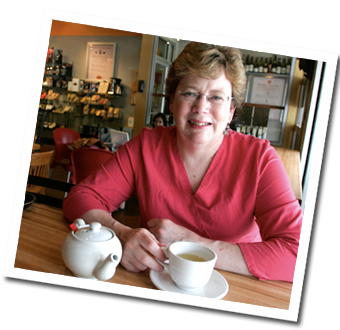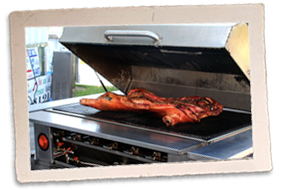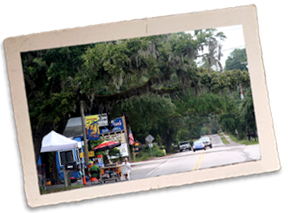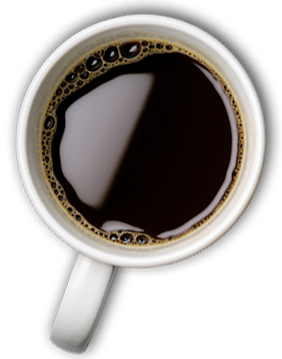|
I swore that I'd
followed the instructions for the three-color asymmetric scarf, the first one
I'd ever knitted, but no matter what I did, I had more stitches on my needle
than the pattern said I should. After years of limiting my knitting to
rectangular throws and conventional scarfs which ran in nice, regular rows, and
a lifetime allergy to math, I had jumped into starting a piece with colors
going sideways. Much like my mood as I counted the purple, peach and gray loops,
again.
Before steam
began coming out of my ears, it was time for me to spend a little time on the
couch. Not the psychiatrist’s – my favorite yarn shop’s.
Every shop worth
its needles offers a place to sit and knit, ranging from a few chairs to worn yet
comfy sofas. But the seating is more than simply furniture for the shop’s dog
or cat to nap on. The couch is where knitters announce new grandbabies, bemoan
spousal behavior or beg for help. I beg for help a lot. And someone is always
there to smile at photos of newborns or say that their significant other does
the same thing. And, always, to untangle the snarls.
Sometimes
there’s a party going on, literally. My favorite shop, Warm 'N Fuzzy in Cary,
is so beloved that customers threw a baby shower for the owner inside the
store, with gifts stacked high in front of the racks of yarn, the cushy gray couch
crammed with happy people eating cake. Some were brave enough to give blankets
or sweaters they'd knitted. I was not one of them. I opted for the practicality
of a portable changing mat, which didn't require counting stitches.
The couch is a
powerful symbol, because local yarn shops aren’t the sorts of places where you
hand over money, grab your bag and leave. They craft communities along with
sweaters and gloves.
Creating items
for charities and causes is woven into them, and most stores have at least one
group project going. It might be making “port pillows” to cushion the spots
where cancer patients receive chemotherapy, as they do at Charlotte Yarn, or
“knitted knockers” for mastectomy prostheses at Cheers To Ewe in Huntersville. At
The Salty Sheep in Swansboro, groups make tiny hats for premature babies in
intensive care, a gift which can warm the parents as well. Knitting Addiction
in Kitty Hawk used the yarn itself to help after a disaster, having a color
specially spun and dyed, and named the midnight blue-tangerine-cream result Silver
Lake Sunset in honor of Ocracoke Island. Sales went toward aid there after
Hurricane Dorian.
All of it for
charity and community purpose. Together.
Quilting bees brought
women together at a time when finishing a quilt required many hands, but knitting
can be a solitary pursuit. A knitter or crocheter needs only time, needles and yarn
to complete a project. However, the history of groups banding together to knit
for a cause goes at least as far back as World War I, when women were urged to form
clubs and “knit for victory” to make hats, socks and scarves for soldiers and
injured servicemen. Eleanor Roosevelt launched the Knit for Defense effort in
1941, encouraging knitters to help the World War II effort by making items for military
members.
Studies have
shown that knitting and crocheting can reduce stress and lower blood pressure,
and the repetitive movements may serve as a kind of comforting meditation. (Unless
you mess up the pattern for the third time; then, I use words not in the
standard mantra.) The feel of the yarn offers sensory stimulation, and seeing
the scarf get longer or the fingers of the glove form gives a proud feeling of
productivity. That may be why, during stay-at-home orders due to the Covid-19
pandemic, sales of knitting and crocheting supplies boomed. Yarn companies from
Spain to Oregon have seen orders jump by more than 75 percent, according to
media reports. That’s a lot of knit-one-purl-twoing going on.
During the
months of pandemic shutdown, I may have had to leave the Warm 'N Fuzzy couch,
but the couch hasn't left me. It went virtual, with 15-minute weekly Facebook
chats that gave me a chance to gush over new yarn colors, hear about patterns
to use it on and wave at the baby. My brain knew she couldn't see me, but my
heart propelled my hands.
The couch
continues to pull together the threads of community, even in tangled times.
Return to Articles & Essays |















